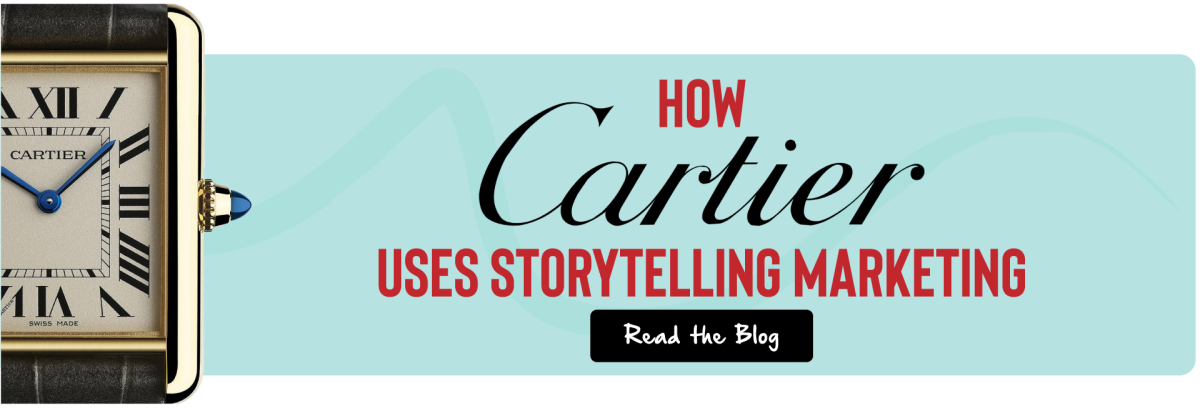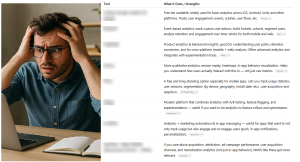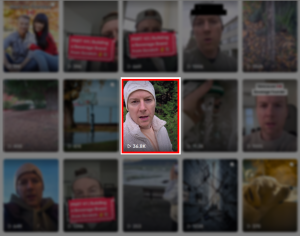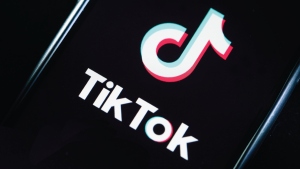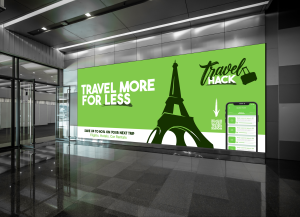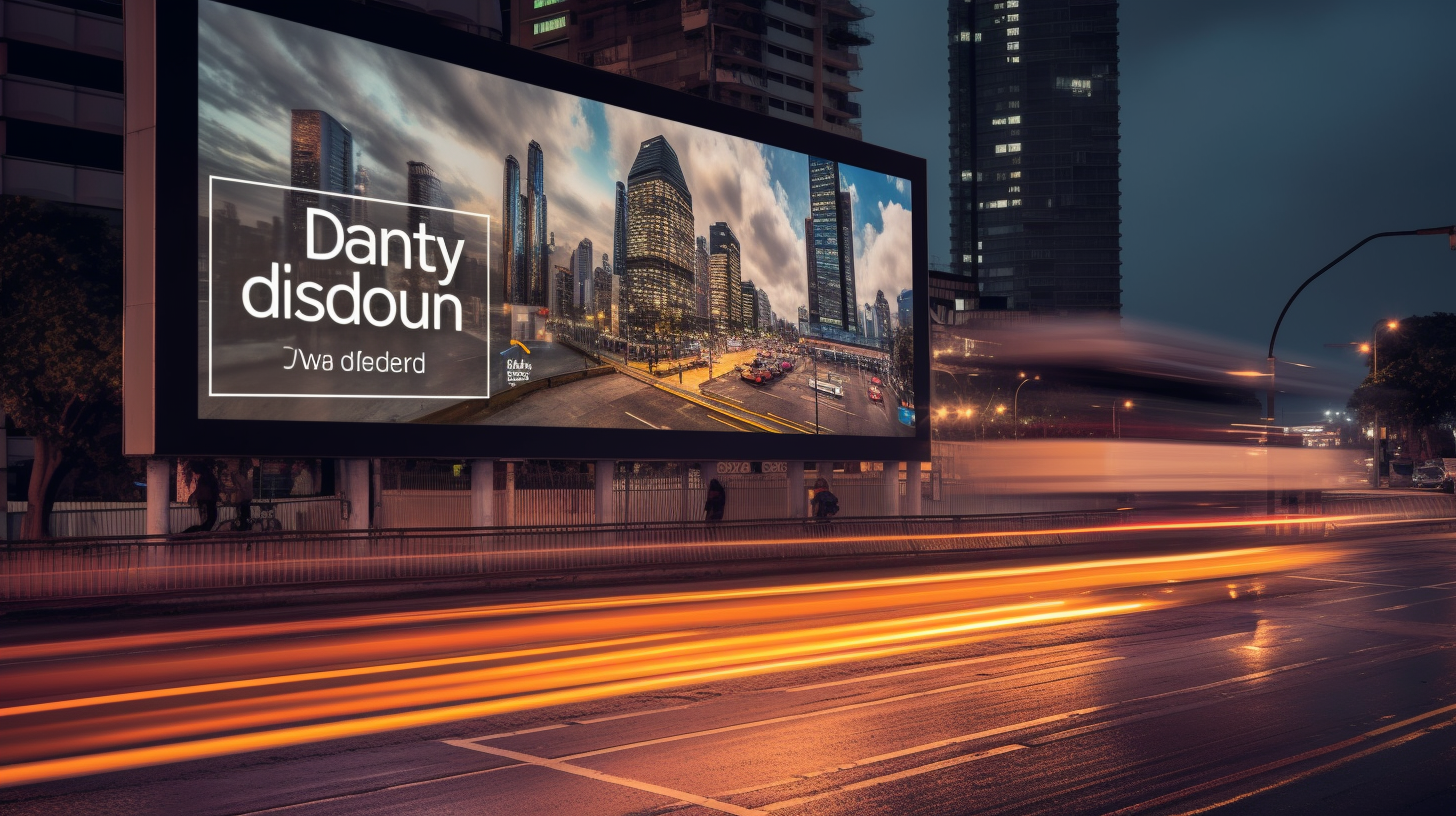
Creating a successful billboard ad involves capturing attention quickly, delivering a clear message, and making a lasting impression. Here are some key elements that contribute to a good billboard ad:
Simplicity: Keep the message simple and focused. A billboard has limited space, and people typically have only a few seconds to absorb the information. Avoid clutter and unnecessary details.
Clear Message: Ensure that the main message is easy to understand at a glance. Use concise and impactful language. If there’s a call to action, make it straightforward and compelling.
Bold Font and High Contrast: Use bold, easy-to-read fonts with high contrast between the text and the background. This enhances readability, especially from a distance or at high speeds.
Eye-catching Imagery: Use attention-grabbing visuals that quickly convey the essence of the message. A powerful image or graphic can be more memorable than text alone.
Branding Elements: Include your brand logo and any other essential branding elements. Consistent branding helps build recognition and reinforces brand identity.
Color Scheme: Choose a color scheme that is visually appealing and aligns with your brand. Use colors that stand out but also complement each other.
Location Considerations: Tailor your design to the location where the billboard will be displayed. Consider the traffic patterns, demographics of the audience, and the viewing distance.
Negative Space: Don’t overcrowd the billboard with information. Allow for sufficient negative space to enhance visual clarity and draw attention to the main message.
Legibility: Ensure that the text is large enough to be easily read from a distance. Test your design at different scales to make sure it remains legible.
Humor or Creativity: If appropriate for your brand and message, consider using humor or creativity to make your billboard more memorable. Engaging content is more likely to stick in people’s minds.
Mobile Optimization: Keep in mind that many billboard viewers are in motion, so your message should be easily digestible for drivers or pedestrians passing by.
Seasonal or Timely Relevance: If applicable, incorporate elements that make your message timely or relevant to the current season or events.
Test and Iterate: Before finalizing your design, test it with a focus group or get feedback from potential viewers. Iterate on the design based on the feedback to ensure maximum effectiveness.
Remember that the key to a successful billboard ad is to convey a compelling message quickly and memorably, taking into account the unique constraints and dynamics of billboard advertising.
What is Digital OOH (DOOH)
Digital Out-of-Home (DOOH) advertising refers to the use of digital media for out-of-home advertising displays. Unlike traditional static billboards or posters, DOOH involves the use of digital screens and technologies to display dynamic and engaging content in various locations. These digital displays can be found in high-traffic areas, transportation hubs, shopping malls, and other public spaces.
Key features of DOOH advertising include:
Dynamic Content: DOOH allows advertisers to display dynamic and changing content on digital screens. This can include video advertisements, animations, real-time information updates, and interactive elements.
Real-time Updates: Advertisers can update and change content remotely and in real-time. This flexibility enables timely promotions, adjustments based on weather conditions, or the integration of live data.
Interactivity: Some DOOH installations incorporate interactive features, allowing viewers to engage with the content using touchscreens, QR codes, or other interactive technologies.
Targeting Capabilities: DOOH allows for more precise audience targeting. Advertisers can schedule specific content to be displayed during certain times of the day or week, tailoring messages to different audiences based on demographics or other factors.
Measurement and Analytics: Digital displays often come with analytics capabilities, allowing advertisers to track the performance of their campaigns. This may include metrics such as impressions, engagement rates, and dwell time.
Cost-effectiveness: While the initial setup costs for digital screens can be higher than traditional static displays, the ability to update content without physical replacement can result in cost savings over time.
Adaptive Campaigns: Advertisers can adapt their campaigns quickly in response to changing circumstances, promotions, or marketing strategies. This agility is a significant advantage compared to traditional static OOH advertising.
Enhanced Creativity: The dynamic nature of digital displays opens up new possibilities for creativity. Advertisers can use motion graphics, changing visuals, and other dynamic elements to capture audience attention.
DOOH is an evolving and dynamic field that continues to grow in popularity due to its ability to provide more engaging and flexible advertising solutions. As technology advances, the integration of DOOH with data analytics and audience targeting is likely to further enhance its effectiveness in reaching and engaging specific consumer segments.
Need help with your marketing activities?
If you follow us on social or read our blog, you may have noticed that we talk A LOT about the branding, the importance of branding, how branding is like gravity, how you either have a commodity or a brand…
We also talk a lot about storytelling marketing – in fact we have an entire page dedicated to it as it’s one of our core services. We go on at length about why brands need to tell stories (so that consumers can align their values to the brands they support), and dispelling the myths about storytelling marketing.
We also talk about how consumers don’t buy products, they join tribes. Check out some of our related posts.

